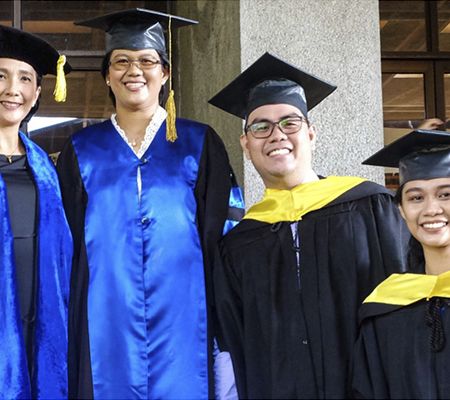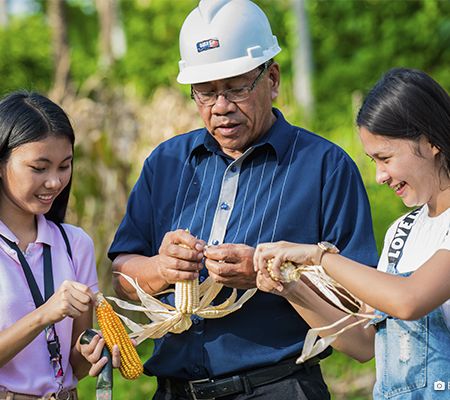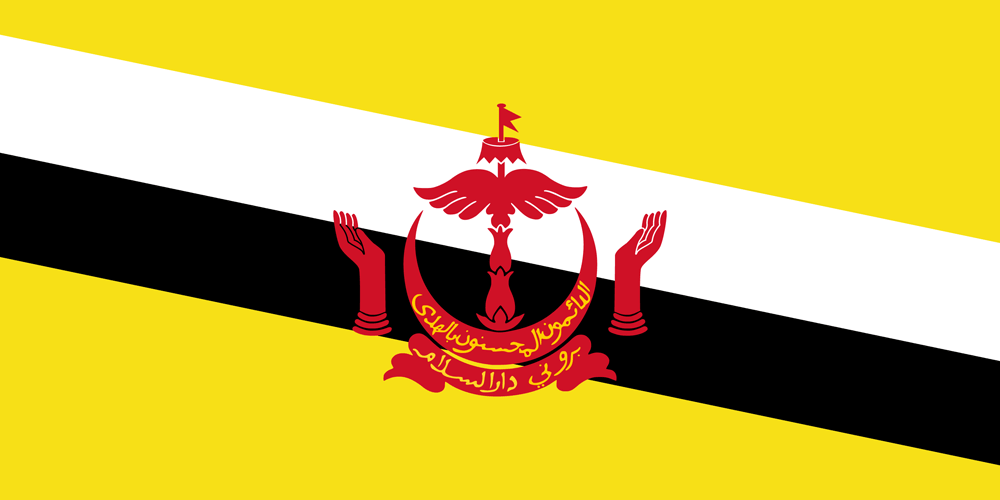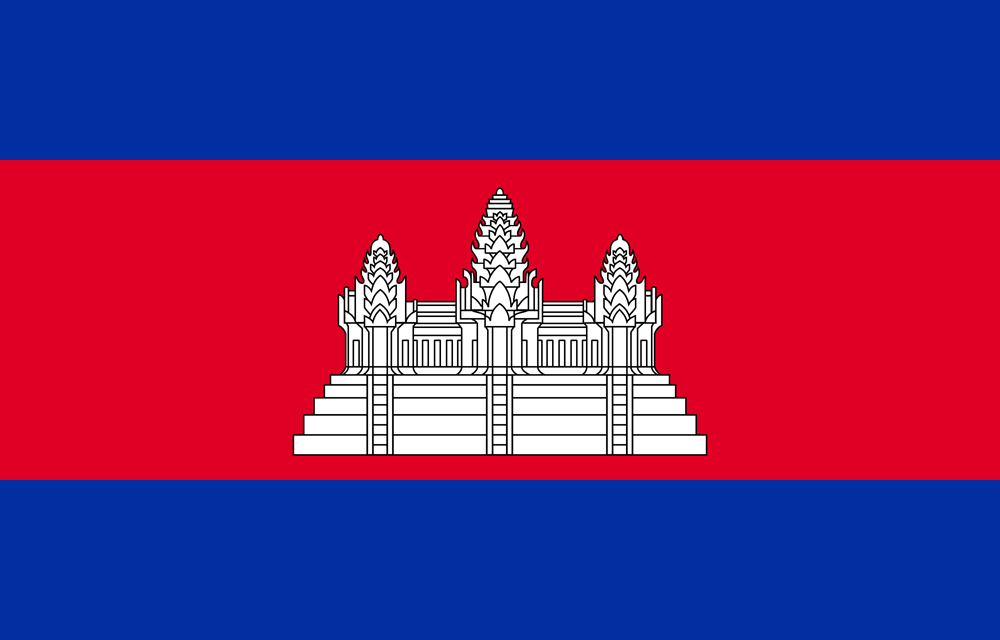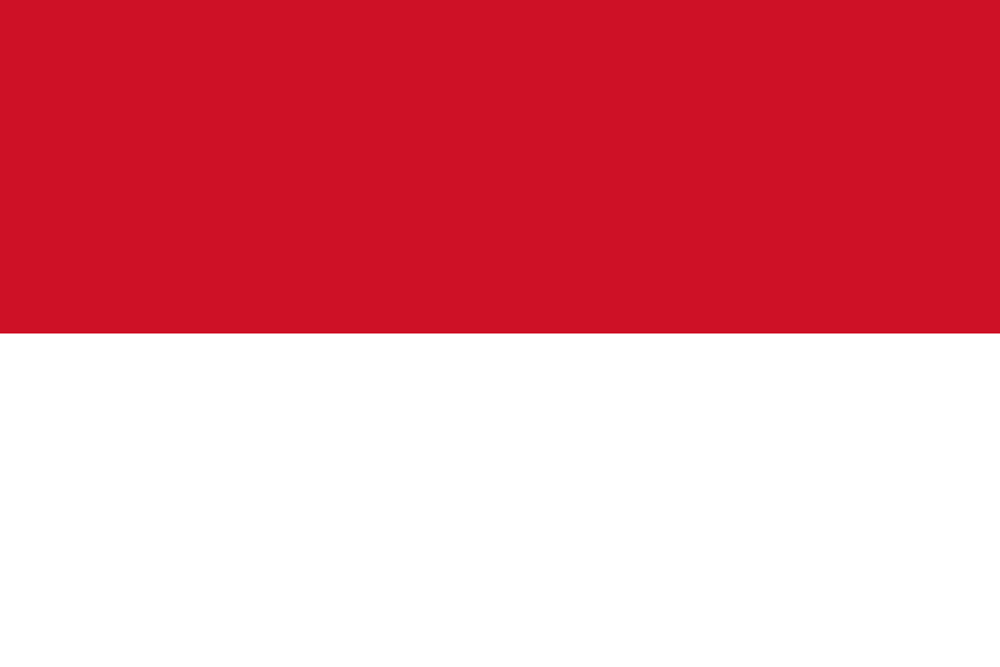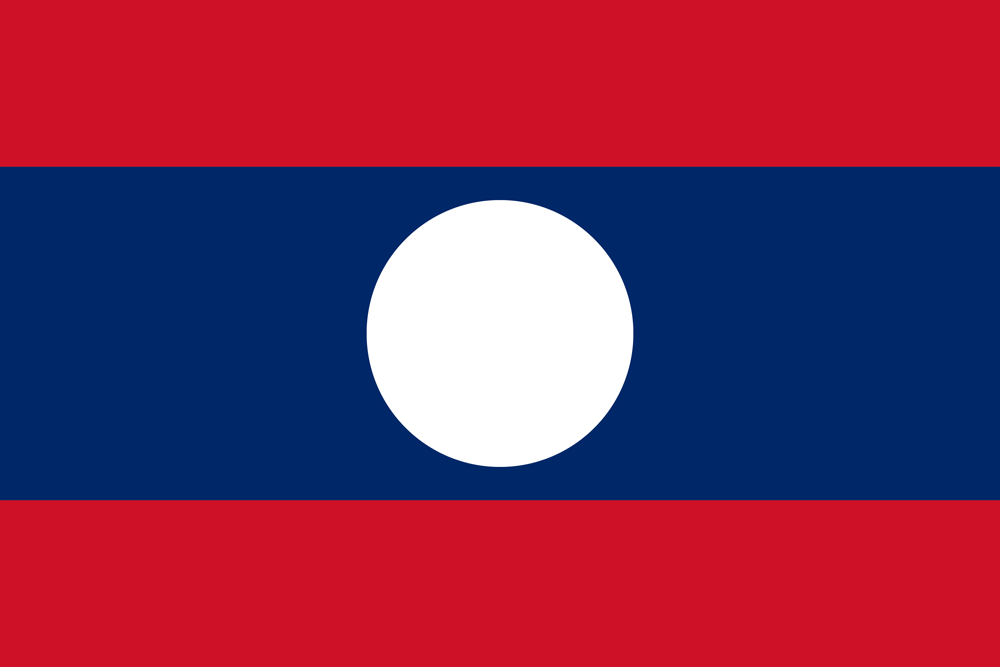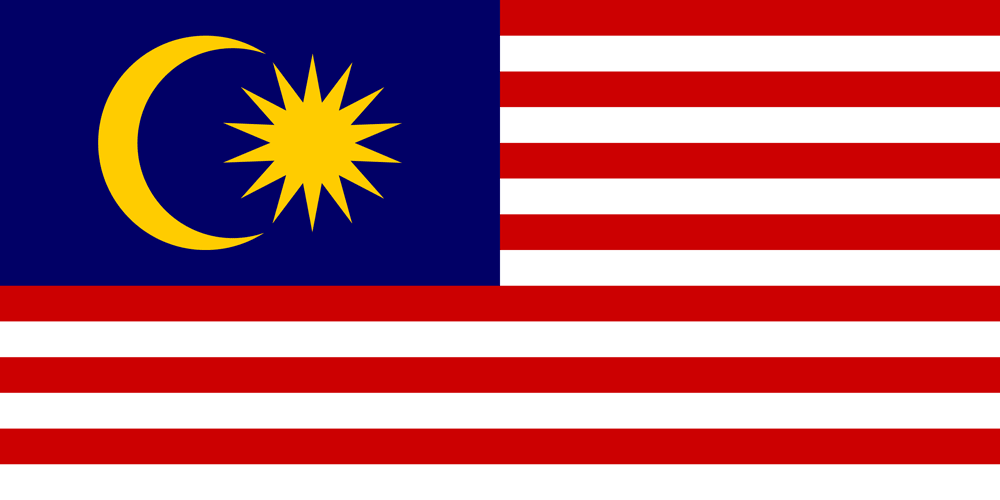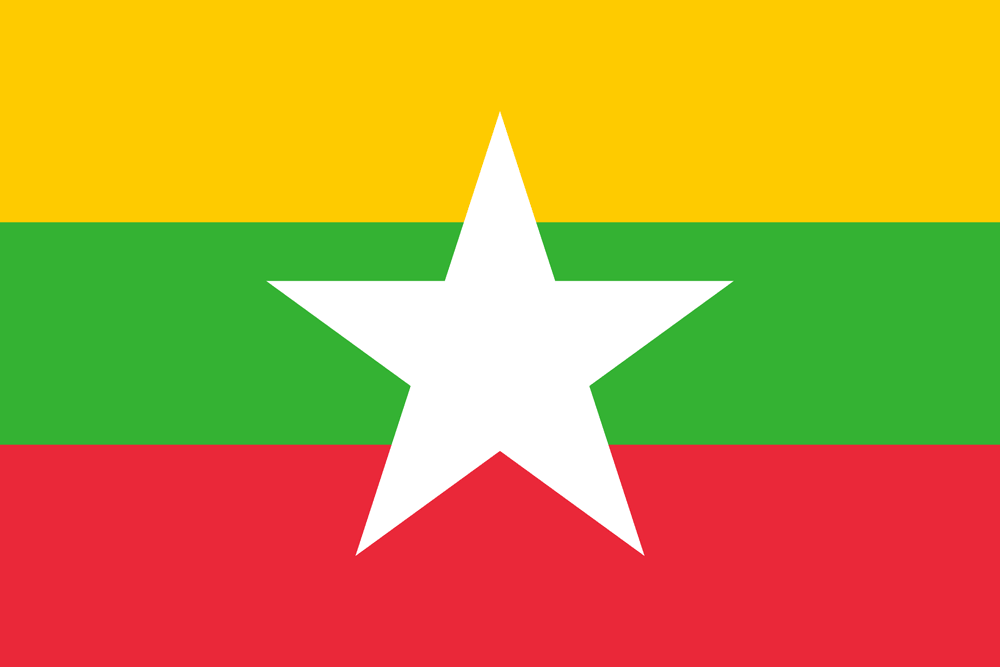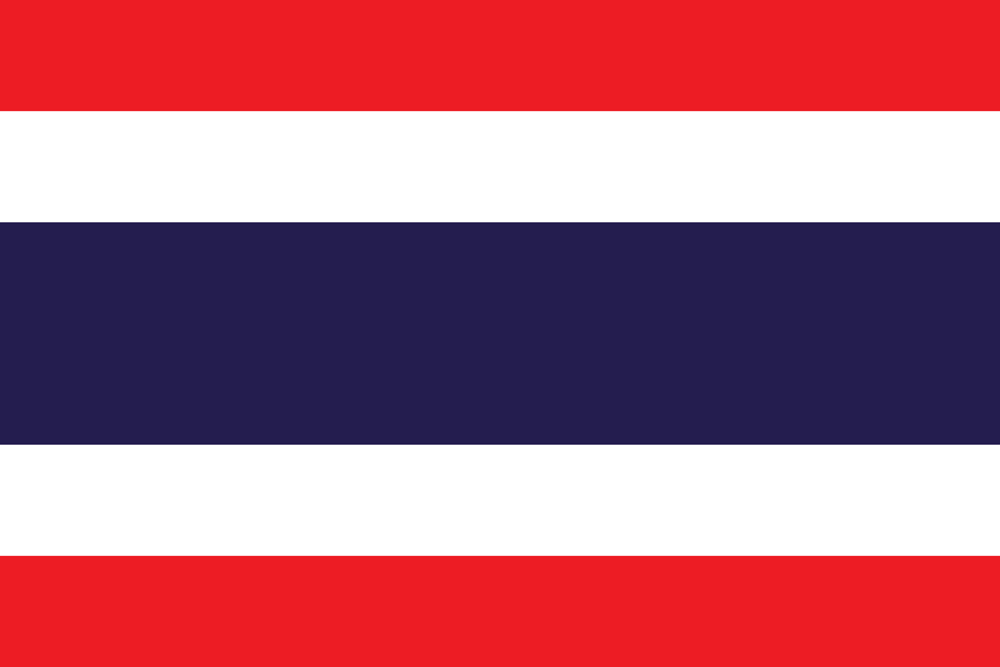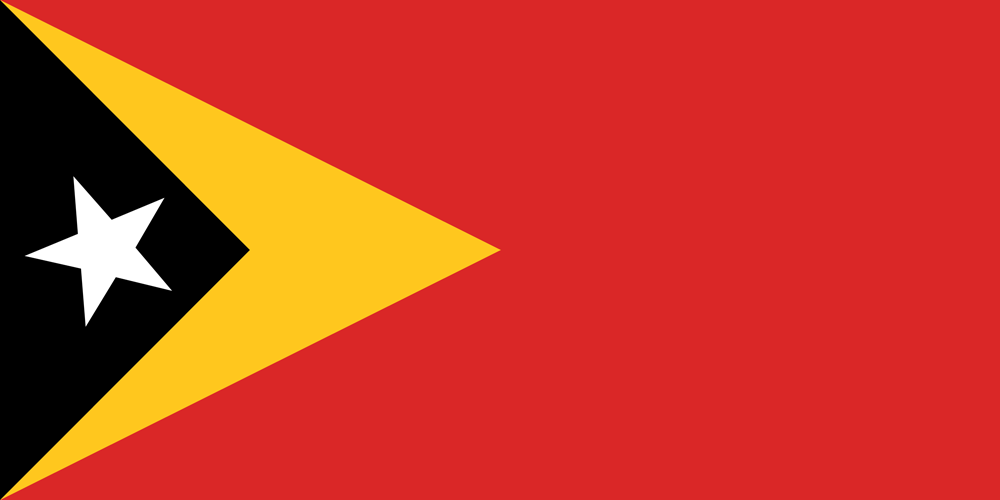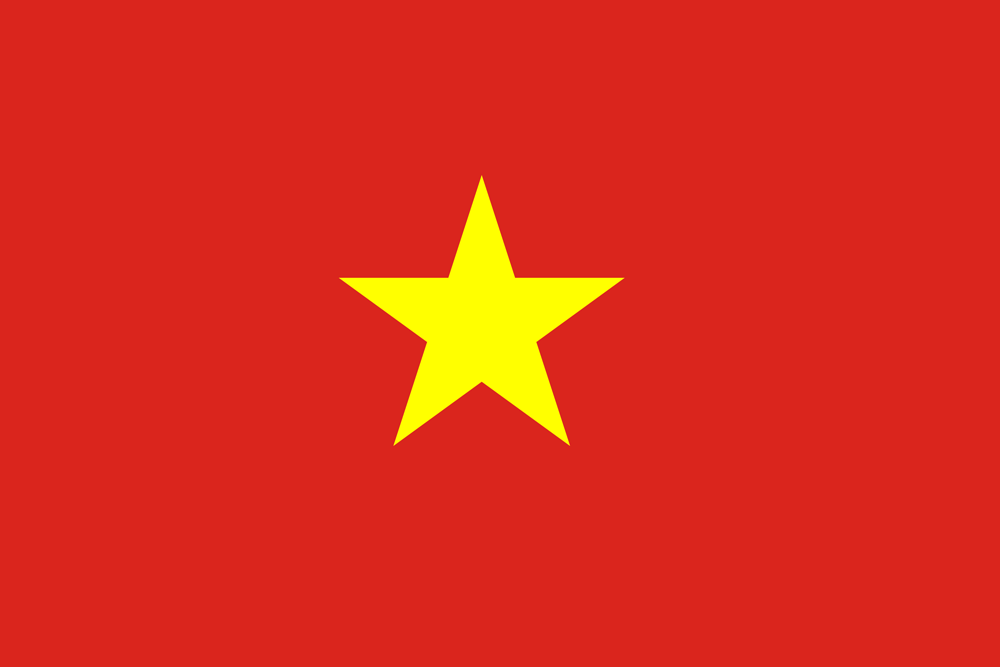Our Mandate
The Southeast Asian Regional Center for Graduate Study and Research in Agriculture (SEARCA) is a non-profit organization established in 1966 by the Southeast Asian Ministers of Education Organization (SEAMEO).

Provide high-quality graduate education and training in agriculture and related fields

Promote, undertake, and coordinate research addressing the region’s most pressing agricultural challenges

Disseminate research findings
Core Programs
The Center fulfills its mandate through its core programs: Education via Graduate Scholarship and Institutional Development and Training for Development, Research, and Innovation, which are complemented by SEARCA's strategic commitment to knowledge dissemination to widen reach and enhance impact.
Where We Work
SEAMEO Associate Member Countries
The Center also works with partners in nine SEAMEO Associate Member Countries for the benefit of Southeast Asia. These countries are as follows:
Australia
Australia has been a SEAMEO Associate Member since 1973.
Canada
Canada has been a SEAMEO Associate Member since 1988.
France
France has been a SEAMEO Associate Member since 1973.
Germany
Germany has been a SEAMEO Associate Member since 1990.
Morocco
Morocco has been a SEAMEO Associate Member since 2021.
Netherlands
The Netherlands has been a SEAMEO Associate Member since 1993.
New Zealand
New Zealand has been a SEAMEO Associate Member since 1973.
Spain
Spain has been a SEAMEO Associate Member since 2007.
United Kingdom
The UK has been a SEAMEO Associate Member since 2013.
Australia
Australia has been a SEAMEO Associate Member since 1973.
Canada
Canada has been a SEAMEO Associate Member since 1988.
France
France has been a SEAMEO Associate Member since 1973.
Germany
Germany has been a SEAMEO Associate Member since 1990.
Morocco
Morocco has been a SEAMEO Associate Member since 2021.
Netherlands
The Netherlands has been a SEAMEO Associate Member since 1993.
New Zealand
New Zealand has been a SEAMEO Associate Member since 1973.
Spain
Spain has been a SEAMEO Associate Member since 2007.
United Kingdom
The UK has been a SEAMEO Associate Member since 2013.
